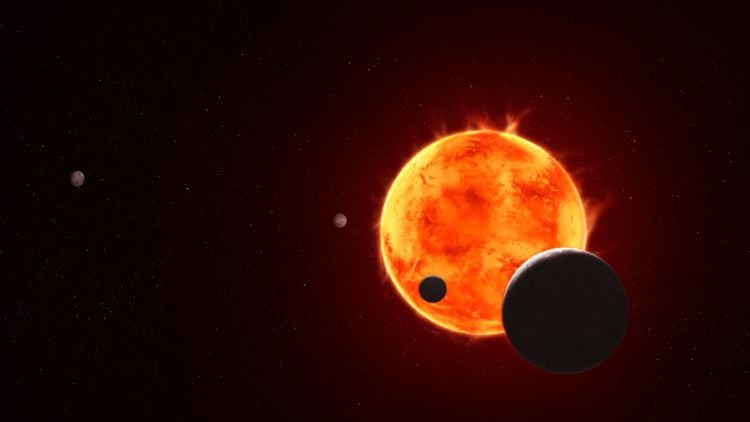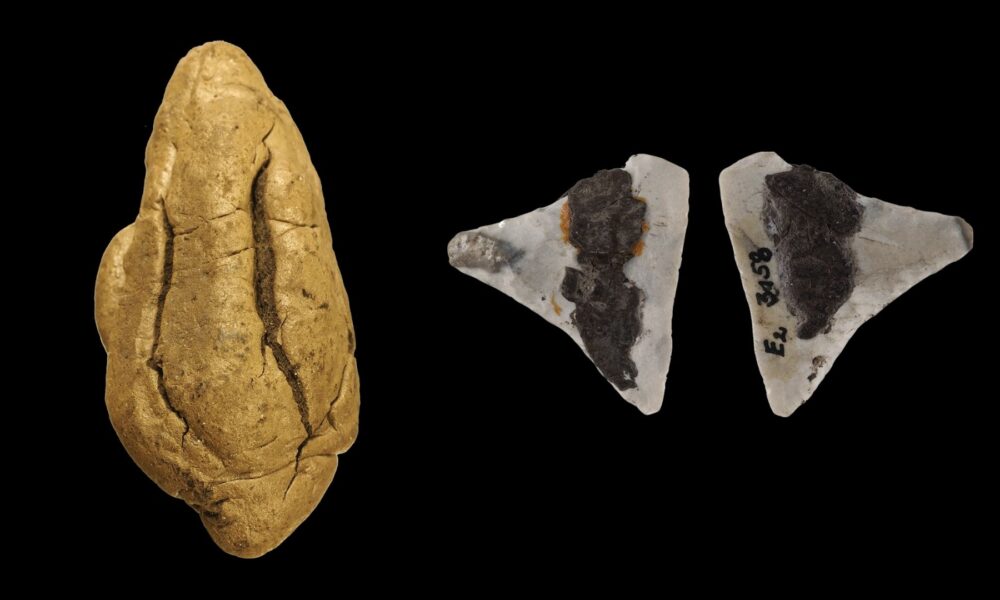Research presented in a newly submitted manuscript explores the potential for identifying microbial life in the clouds of exoplanet atmospheres. A team of scientists conducted laboratory experiments to determine how biosignatures of aerial microbes may be detected on distant worlds, potentially revolutionizing the search for extraterrestrial life.
The study involved seven microbial strains sourced from Earth’s atmosphere, including species such as Modestobacter versicolor, Roseomonas vinacea, and Micrococcus luteus. Researchers employed spectroscopy to analyze the light reflected by these samples, aiming to ascertain whether their unique spectral features could serve as biosignatures in the atmospheres of exoplanets.
Findings indicate that each microbial sample exhibited distinct biosignatures, which may facilitate the identification of life in the clouds of exoplanets. The researchers concluded, “Here, we present an additional path for searching for life on Earth-like exoplanets: the search for biopigments as signs of life in clouds.” The study emphasizes the importance of UV-protective biopigment signatures, providing a critical spectral reference for upcoming missions targeting Earth-like exoplanets.
Historical Context and Future Missions
The motivation for this study draws on earlier research by notable figures such as Dr. Carl Sagan and Dr. Ed Salpeter, who in 1976 hypothesized the existence of life forms in Jupiter’s atmosphere. Their models suggested four types of organisms—“Sinkers,” “Floaters,” “Hunters,” and “Scavengers”—that could exist in specific ecological niches within the gas giant’s clouds.
Looking ahead, the planned Habitable Worlds Observatory (HWO), expected to launch in the 2040s, aims to utilize spectroscopy to analyze 25 habitable exoplanets for potential biosignatures. This initiative highlights the relevance of the current research, as it may inform the detection strategies employed by HWO.
Recent advancements in exoplanet analysis have been made by the James Webb Space Telescope (JWST), which has successfully observed several exoplanet atmospheres, including WASP-39 b and WASP-17 b. JWST’s spectroscopy revealed the presence of water, carbon dioxide, and carbon monoxide in the atmosphere of WASP-39 b, located approximately 700 light-years from Earth. Meanwhile, WASP-17 b exhibited quartz particles at high altitudes, demonstrating the telescope’s capability to gather significant atmospheric data.
Another noteworthy observation by JWST concerns TRAPPIST-1 e, an Earth-sized exoplanet situated about 41 light-years away. Recent studies published in The Astrophysical Journal Letters did not confirm the presence of an atmosphere around TRAPPIST-1 e but indicated that further research could clarify this aspect.
The ongoing exploration of exoplanets and their atmospheres raises intriguing questions about the potential for life beyond Earth. As research in this field continues to evolve, scientists remain optimistic about the discoveries that may lie ahead. Engaging in these investigations is essential, as they deepen our understanding of life’s possibilities in the cosmos and encourage a broader appreciation for the scientific endeavor.







